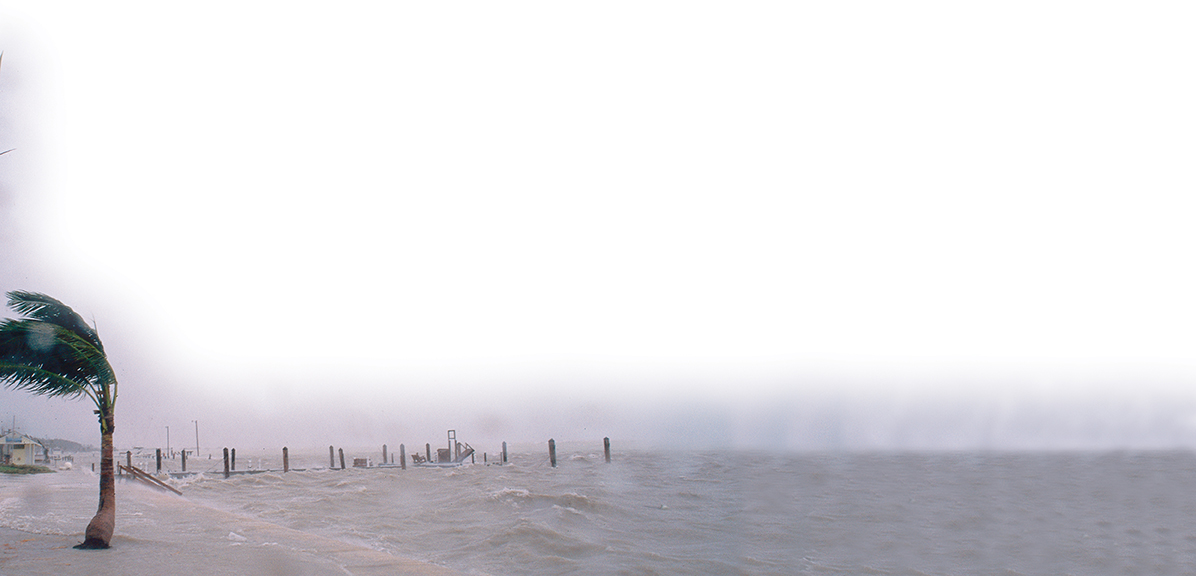Low- and High-Pressure Systems
Air masses are part of larger weather systems. Weather systems are organized around either a center of high air pressure or a center of low air pressure, and may include more than one type of air mass. Weather systems can be huge. Centers of high air pressure may have diameters of 1500 kilometers and centers of low air pressure often have diameters of more than 1000 kilometers.
Cyclones
A weather system with a center of low air pressure is called a cyclone, or sometimes simply a low. As Figure 23 shows, winds in a cyclone circulate counterclockwise in the Northern Hemisphere.
As the warm air at the center of a cyclone rises, pressure decreases. Because air moves from high-pressure areas to low-pressure areas, air spirals in toward the center of a cyclone. Clouds form and precipitation develops.  Cyclones are associated with clouds, precipitation, and stormy weather. Because air is converging in a cyclone, air masses collide and fronts develop.
Cyclones are associated with clouds, precipitation, and stormy weather. Because air is converging in a cyclone, air masses collide and fronts develop.
Cyclones don't stay in one place. A cyclone generally moves in the direction of global winds, and the weather of the cyclone moves along with it. In the middle latitudes of the Northern Hemisphere, the global winds are the westerlies. The westerly winds typically cause fronts and storms to move across the United States from west to east.
Anticyclones A weather system with a swirling center of high air pressure is called an anticyclone, or sometimes simply a high. As Figure 23 shows, winds in an anticyclone circulate clockwise in the Northern Hemisphere. Because the center of an anticyclone has high pressure, air flows away from that center. As air flows away from the center, air from higher in the troposphere descends and replaces it. When air descends, it warms and its relative humidity decreases.  The weather associated with an anticyclone includes clear skies, very little precipitation, and generally calm conditions.
The weather associated with an anticyclone includes clear skies, very little precipitation, and generally calm conditions.

How does air move in an anticyclone?
Figure 23 Cyclones and anticyclones are large weather systems. A In the Northern Hemisphere, winds in a cyclone blow counterclockwise and converge. B In an anticyclone, winds blow clockwise and diverge.
 d
d
Figure 24 Winds and heavy rain are common in cyclones.
Image spans to previous page




